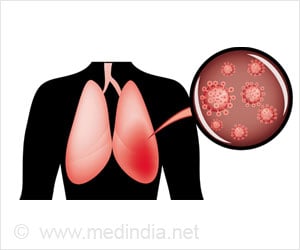Patients from disparate populations should be evaluated and counseled thoroughly by multidisciplinary teams before choosing to forego treatment for NSCLC.

TOP INSIGHT
Non-small cell lung cancer (NSCLC) patients with advanced disease receiving standard of care treatment have a higher overall survival (OS) than similar patients not receiving treatment.
A group of California, USA researchers, led by Dr. Elizabeth A. David, conducted a study to evaluate treatment trends and their association with overall survival on patients with NSCLC. The group queried the National Cancer Database (NCDB) for cases of biopsy-proven NSCLC from 1998-2012. Patients with NSCLC that had histological data available were included in the study. Propensity matching was used to identify untreated patients who were similar to patients that underwent standard treatment regimens as well as to compare survival among subsets of treated versus untreated patients.
Linear regression analysis was used to determine the trend in treatment over the study period, using the proportion of patients who received treatment at a certain year as a continuous variable as the outcome. Overall survival was estimated using Kaplan-Meier method within treatment groups. Multivariate Cox proportional hazards model was used to study the association of each of the variables on OS. Multivariable logistic regression model was used to study the association of each of the variables with being untreated.
The results of the study published in the Journal of Thoracic Oncology, the official journal of the International Association for the Study of Lung Cancer (IASLC), showed that 190,539 (21%) of patients identified from the NCDB received no treatment. For stage IIIA and IV, the proportion of untreated patients increased over the study period (1998-2012) by 0.21% (p = 0.003) and 0.40% (p < 0.0001), respectively. Regardless of stage, untreated patients had significantly shorter OS (p < 0.0001). Propensity-matched analysis of 6,144 stage IIIA patient pairs demonstrated a higher OS for patients treated with chemoradiation (16.5 months) versus no treatment (6.1 months, p < 0.0001). Similarly, stage IV patient pairs (19,046) had a higher OS when treated with chemotherapy (9.3 months) versus no treatment (2.0 months, p < 0.0001).
The authors comment that, "The OS of advanced stage patients receiving treatment is significantly better than patients not receiving treatment. Unfortunately, the proportion of untreated advanced stage patients is increasing. There are many factors that influence the decision not to undergo treatment for NSCLC, including patient and disease characteristics, as well as physician factors.
Source-Eurekalert
 MEDINDIA
MEDINDIA




 Email
Email










